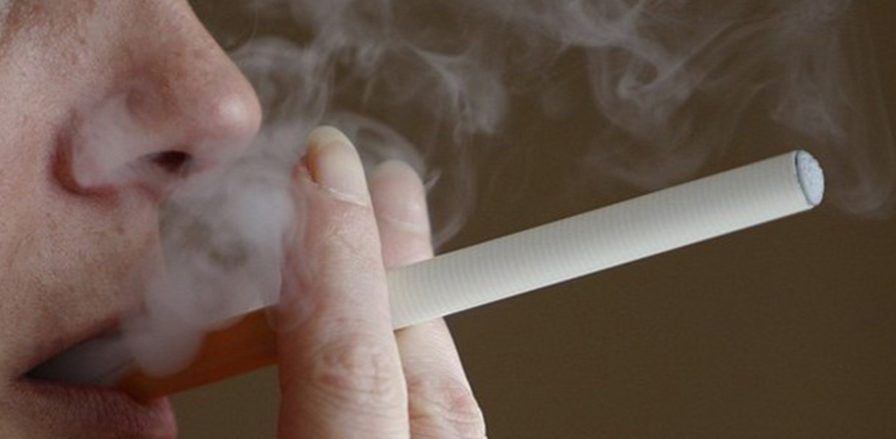
What’s the primary difference between electronic cigarettes – a relatively new invention that first surfaced commercially in 2004 – and their age-old, combustible predecessors?
So-called “e-cigs” don’t contain tobacco.
Instead, an internal mechanism heats up liquid nicotine, which is converted to a vapor that smokers inhale. Because e-cigarettes don’t contain tar and other additives, some manufacturers have claimed that the vapor offers certain advantages over cigarette smoke and are less dangerous to people’s health.
While the lack of smoke is widely perceived to result in fewer health problems when compared to smoking conventional cigarettes – less cough, improved ability to exercise, heightened sense of taste and smell – anyone thinking about taking up electronic cigarettes needs to evaluate the pros and cons.
“It’s important to note that only a handful of studies have been conducted to evaluate the safety and utility of electronic cigarettes because the device is relatively new,” says Dr. Darla Kendzor of UT Southwestern Medical Center’s Harold C. Simmons Comprehensive Cancer Center and the UT School of Public Health in Dallas. “Little is known about the benefits and risks of electronic cigarette use, their usefulness for smoking cessation, or their addictive potential.”
In May 2009, the Food and Drug Administration found diethylene glycol, a poison, and known cancer-causing agents in some of the 19 varieties of electronic cigarette cartridges it tested from two manufacturers. Other studies have shown that an electronic cigarette can contain as much or more nicotine as a regular cigarette, depending on the liquid-nicotine cartridge.
In the marketplace, customers currently can choose cartridges containing nicotine in a range of strengths. There are also cartridges that contain liquid without nicotine, for those who seek the sensory experience of smoking without its chemically addictive effect.
“For those who wish to quit smoking, it may be best to rely on treatments that have been shown to be safe and effective, such as prescription medications or the nicotine patch, until more research becomes available,” Dr. Kendzor says.






